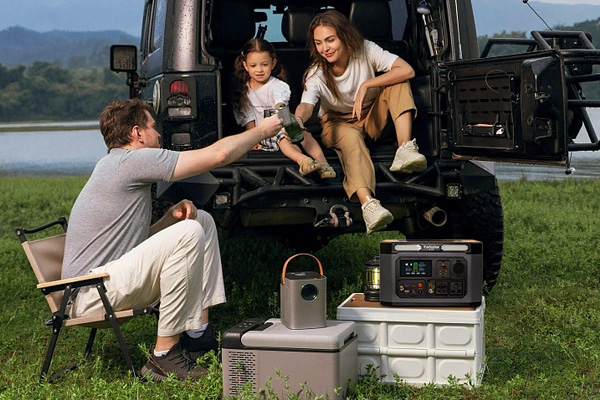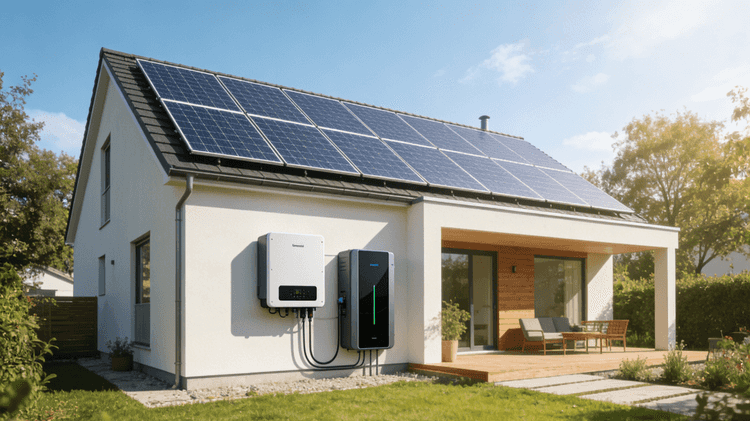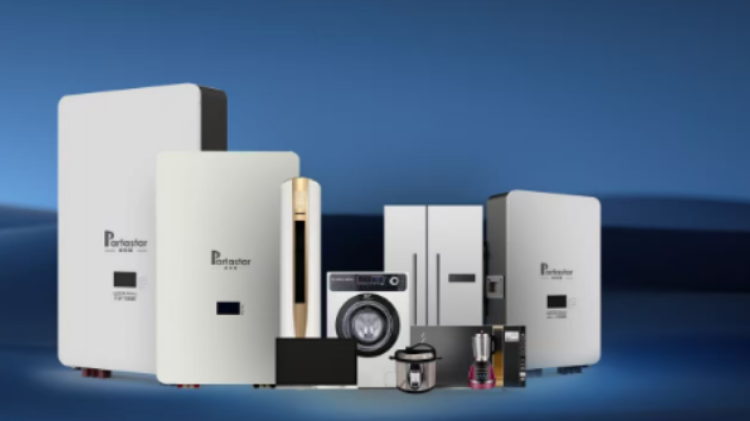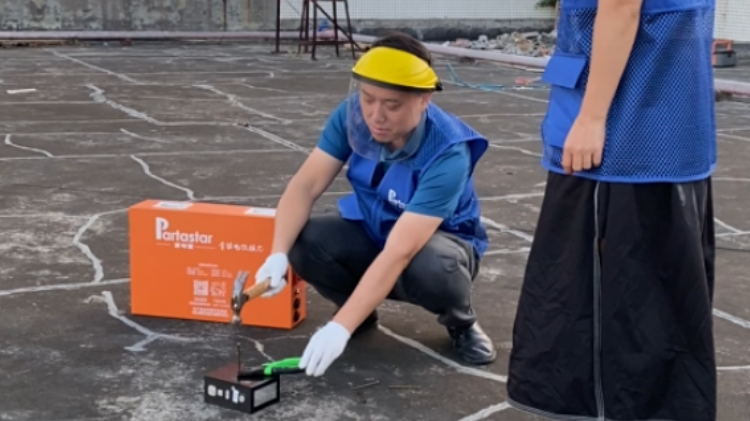Different cathode materials
Lithium iron phosphate battery is a lithium ion battery that uses lithium iron phosphate as the positive electrode material and carbon as the negative electrode material; while the positive electrode of the ternary lithium battery is made of nickel-cobalt lithium manganese oxide or nickel-cobalt lithium aluminate ternary positive electrode material. It is a lithium battery with graphite as the negative electrode material and lithium salt based on lithium hexafluorophosphate as the electrolyte.
Different energy densities
The average energy density of a lithium iron phosphate battery is around 160Wh/kg, but it can reach 185Wh/kg if the process is mature enough and the capacity is large enough; while the energy density of a ternary lithium battery is generally 200Wh/kg or above. That is to say, with the same weight of batteries, the energy released by ternary lithium batteries is slightly higher than that of lithium iron phosphate batteries, which means that for the same 100Wh product, the product based on ternary lithium batteries is smaller.

Different security features
In a low temperature environment, the performance of lithium iron phosphate batteries will be lower than that of ternary lithium batteries. Relevant studies have shown that when the temperature is -20 degrees, the ternary lithium battery can release 70.14% of the capacity, while the lithium iron phosphate battery can only release 54.94%. However, in a high temperature environment, the safety of lithium iron phosphate batteries is significantly better than that of ternary lithium batteries.
Since lithium iron phosphate has an olivine crystal structure, its electrochemical performance is relatively stable, and its thermal runaway temperature can reach up to 800 degrees. , its stability is still very high, it is difficult to cause open flames and explosions, and it is extremely safe.
However, the stability of ternary lithium batteries is very poor, and the thermal runaway temperature is generally lower than 300 degrees, and some high-nickel batteries are even lower than 200 degrees, so the safety is weak. In many new energy vehicle spontaneous combustion accidents, most of them use ternary lithium batteries.
Different cycle life
Generally, the higher the number of cycles, the longer the outdoor power supply can be used.
The cycle times of lithium iron phosphate batteries can generally reach more than 2000 times, and some can even reach 3000 times. The cycle times of ternary lithium batteries are mostly between 1000-1500 times. Although it is much higher than traditional lead-acid batteries, there is still a significant gap compared with lithium iron phosphate.
There are also many outdoor power supplies on the market that use lithium iron phosphate as the internal battery. Partastar outdoor power supply is 500W, and the battery used inside it is lithium iron phosphate, and according to official information, this outdoor power supply is jointly developed with BYD. The combination of leading companies in the digital field and the new energy vehicle field is definitely guaranteed in terms of quality alone.
Both lithium iron phosphate batteries and ternary lithium batteries have their own advantages. But in terms of safety, lithium iron phosphate batteries will still be much higher than ternary lithium batteries.



